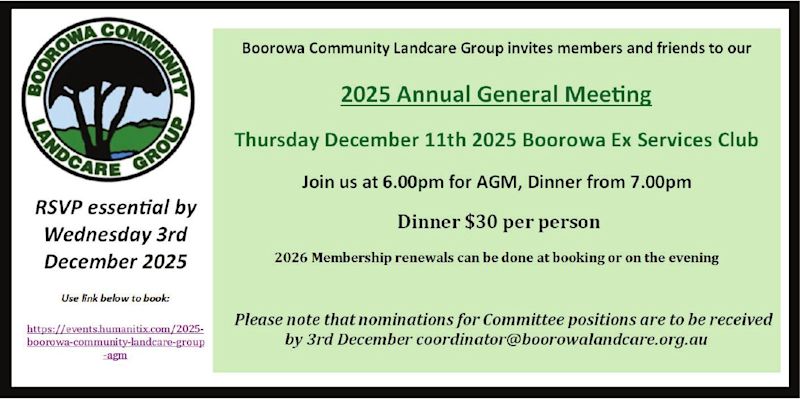It’s official – Transport for NSW will switch the average speed camera to warning mode for regular motorists in two critical regional stretches in New South Wales commencing 1 May 2025.
Mr Duncan Lucas, Executive Director of Road Safety Regulation at Transport NSW, advised that average speed cameras are currently used to enforce heavy vehicle speeding offences, however the decision was made as part of the commitment at the 2024 Road Safety Forum, a trial of enforcement for light vehicles will become effective from May 1, 2025.
The two cameras involved in the trial will measure a 15-kilometre stretch of road on the Pacific Highway between Kew and Lake Innes (Port Macquarie) and a 16-kilometre stretch of road on the Hume Highway between Coolac and Gundagai.
These stretches of road have been chosen with good reason, being in the period between 2018 and 2022, these roads saw 6 fatalities and 33 serious injuries, a reminder of the poor road safety record on our regional roads.
Motorists driving light vehicles during the trial period of 1 May 2025 to 30 June 2025 are advised that if you are caught exceeding the speed limit by 30km/h or less, you will receive a warning letter, however, if drivers exceed the speed limit by more than 30km/h, they will be fined, and penalties will apply.
Transport for NSW would like to remind all heavy vehicle drivers that the cameras will continue to operate in enforcement mode for heavy vehicle offences during the entire length of the trial period.
Knowledge of the trial has been well documented by the NSW Government, accompanied by print and radio announcements and social media to spread the word to motorists.
It is well documented that speed remains our biggest killer on the roads and with two-thirds of road deaths occurring outside our metro areas it is hoped that the use of speed camera on regional roads hot spots can reduce accidents and fatalities.
We encourage all motorists to be safe whilst driving by regularly checking your speed, following speed advisory signs, and keeping a safe distance between you and the vehicle in front. If you are required to drive in poor conditions such as wet weather, snow or fog, ensure you drive slower and leave a larger gap between you and the vehicle you are travelling behind. Always allow plenty of travel time, making sure your travel time includes regular rest breaks.
The contents of this article are general in nature. For advice specific to your circumstances, please contact your legal practitioner.
Stay Connected
Subscribe
Get in Contact
Hilltops News to your inbox
Sign up now for the latest news from the Hilltops Area direct to your inbox.


